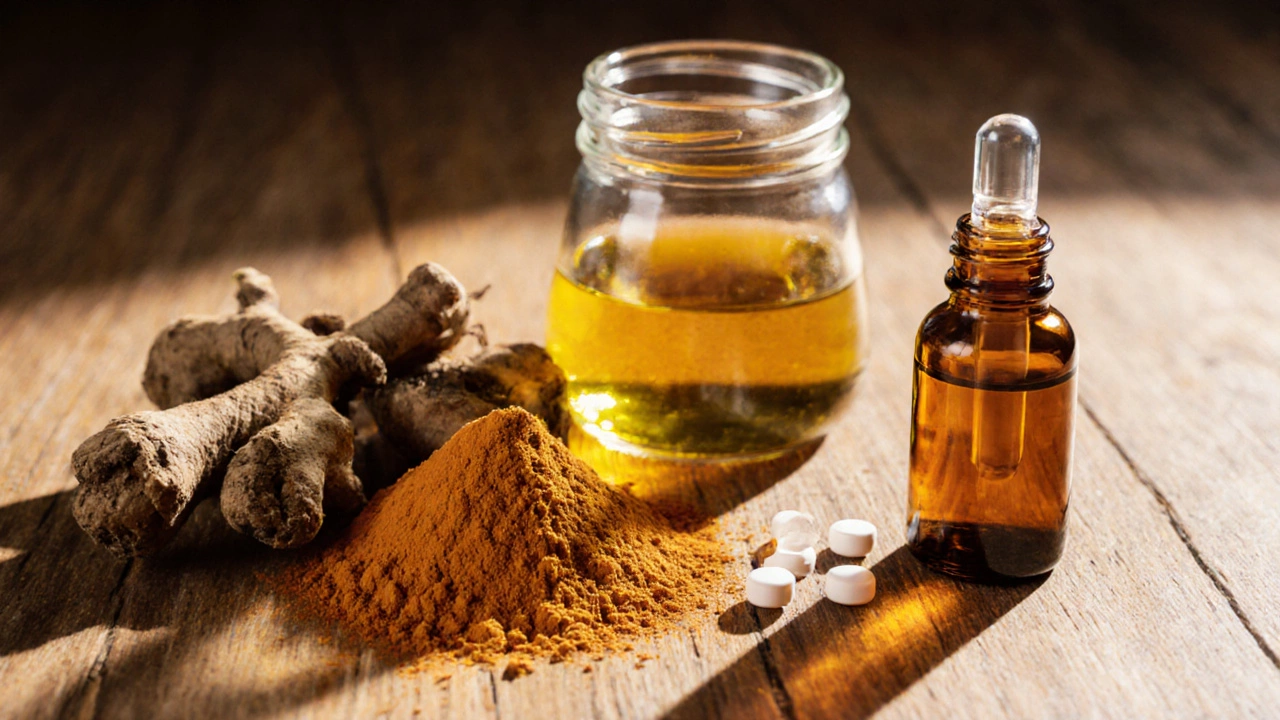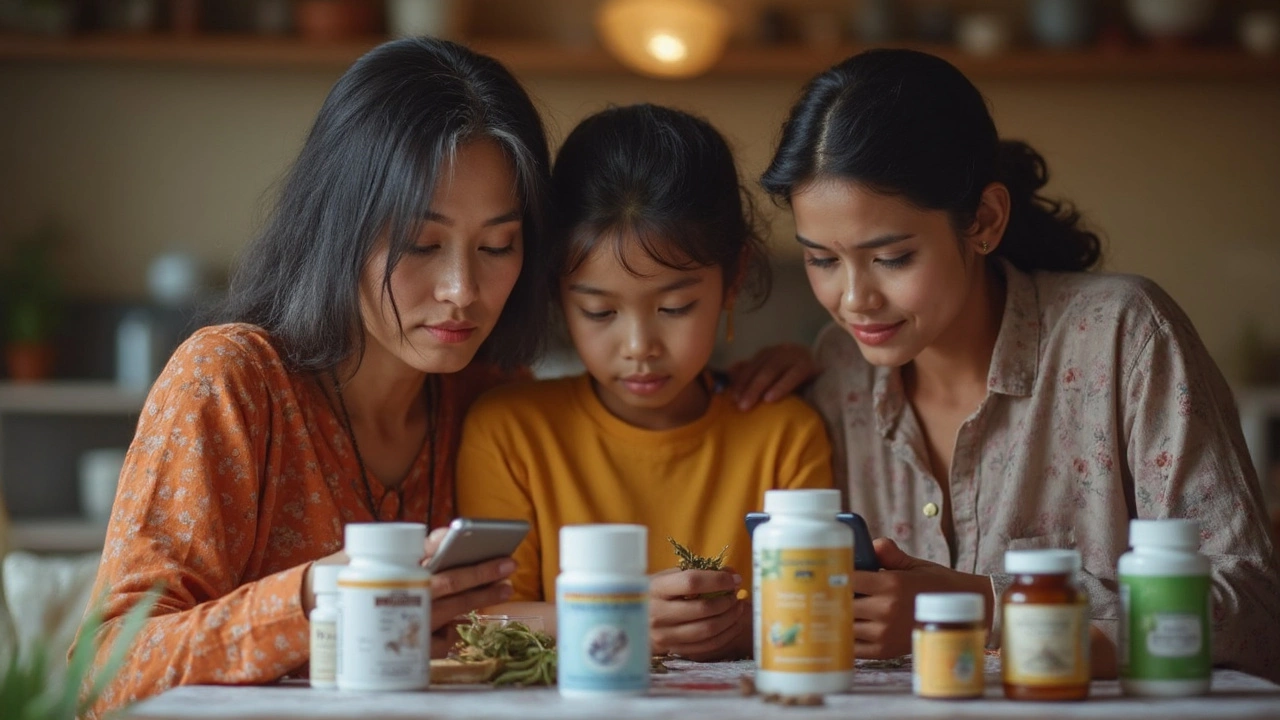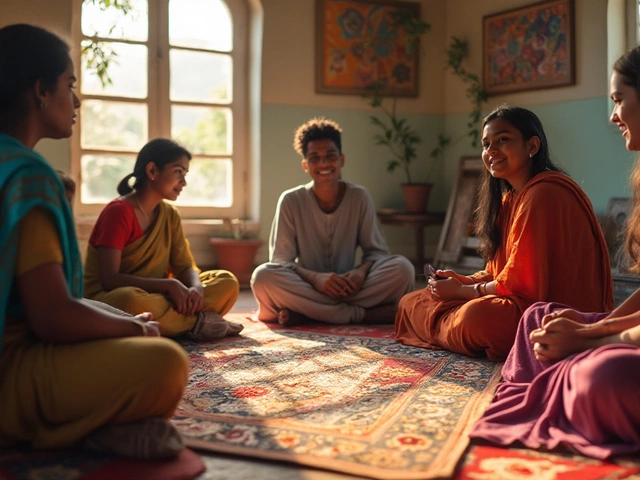Drug Interactions: Simple Ways to Avoid Dangerous Mixes
Ever taken two pills and wondered if they might be fighting each other? You’re not alone. In India, millions combine prescription drugs, over‑the‑counter meds, and herbal supplements every day. A hidden clash between them can turn a harmless routine into a health scare.
The good news is you don’t need a medical degree to stay clear of risky combos. A quick check, a chat with your pharmacist, and a few practical habits go a long way. Below we break down the most common interaction pitfalls and give you a cheat‑sheet you can use right now.
Why Interactions Happen and What to Watch For
Drugs work by changing how your body processes chemicals. When two substances share the same pathway, they can either boost each other's effect or block it. For example, a common painkiller like ibuprofen can increase the chance of stomach bleeding if you’re already on a blood‑thinner such as warfarin. On the flip side, some herbal remedies—think turmeric or ginseng—can slow down the breakdown of certain antibiotics, making the dose feel stronger than intended.
Typical red flags include:
- Sudden dizziness or fainting after starting a new drug.
- Unexplained bruising, bleeding, or severe stomach pain.
- Feeling unusually sleepy or restless when you add a supplement.
- Changes in blood sugar or blood pressure that don’t match your usual patterns.
If any of these pop up, pause the new medication and call your doctor or pharmacist.
Practical Steps to Prevent Bad Mixes
1. Keep a master list. Write down every prescription, OTC pill, vitamin, and herb you take. Update it whenever a doctor adds or stops a drug. Having a single list makes it easy to spot overlaps.
2. Use a reliable interaction checker. Many Indian health apps and pharmacy websites let you enter two or more medicines and instantly flag risks. Even a quick web search with the drug names and “interaction” can save you trouble.
3. Talk to the right person. Pharmacists in your local chemist shop know the common combos sold in India. Show them your list and ask, “Any problems if I take these together?” Don’t assume “herbal” means “harmless.”
4. Follow timing rules. Some drugs need a gap of a few hours to avoid clashing. For instance, calcium supplements can hinder iron absorption, so take them at least two hours apart.
5. Watch food‑drug combos. Grapefruit juice can raise levels of certain cholesterol meds, while dairy can lower the effectiveness of some antibiotics. Knowing which foods interact with your prescriptions helps you plan meals without surprise side effects.
Remember, the goal isn’t to scare you but to empower you. A small extra step—like double‑checking a label—can keep you from an emergency room visit.
At Toxic Medicine Insights, we keep an eye on the latest Indian drug safety alerts so you don’t have to chase every new study. Stay tuned to our updates, and feel free to drop a question in the comments. Your health is worth the extra minute of caution.
Next time you reach for a pill, pause, check, and then go ahead. It’s that simple to turn a potential danger into a safe, informed choice.

Can I Take Ayurvedic and Homeopathic Medicines Together? Safety Guide
Learn if Ayurvedic and homeopathic medicines can be safely combined, understand potential interactions, and get a step‑by‑step guide for safe use.

Who Should Avoid Herbal Supplements? Real Risks You Need to Know
Herbal supplements sound natural, but they aren't safe for everyone. Some people can face real health risks or bad interactions with their regular medicines. This article explains who should stay away from herbal supplements and why, using clear facts and real-life tips. Find out if any common conditions or situations put you at higher risk. Learn how to spot warning signs before adding supplements to your daily routine.

Heart Surgery Duration: What to Expect
Jan, 7 2025



